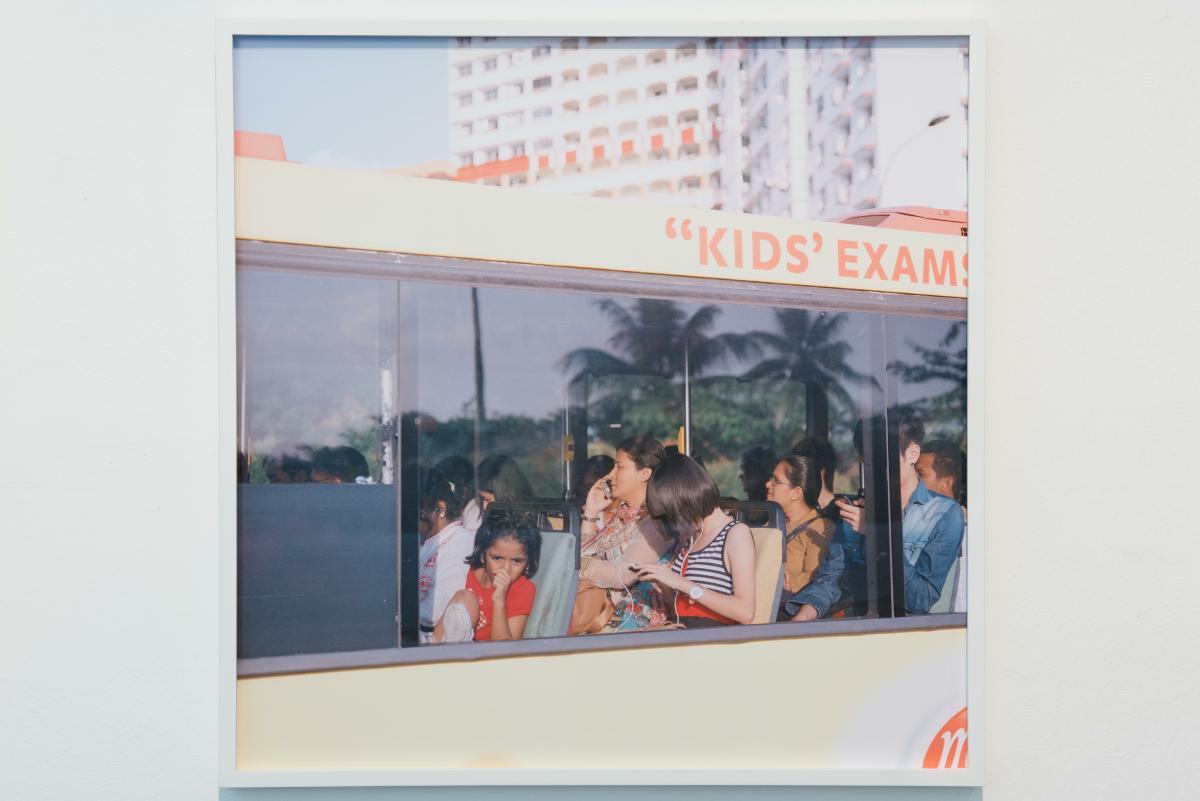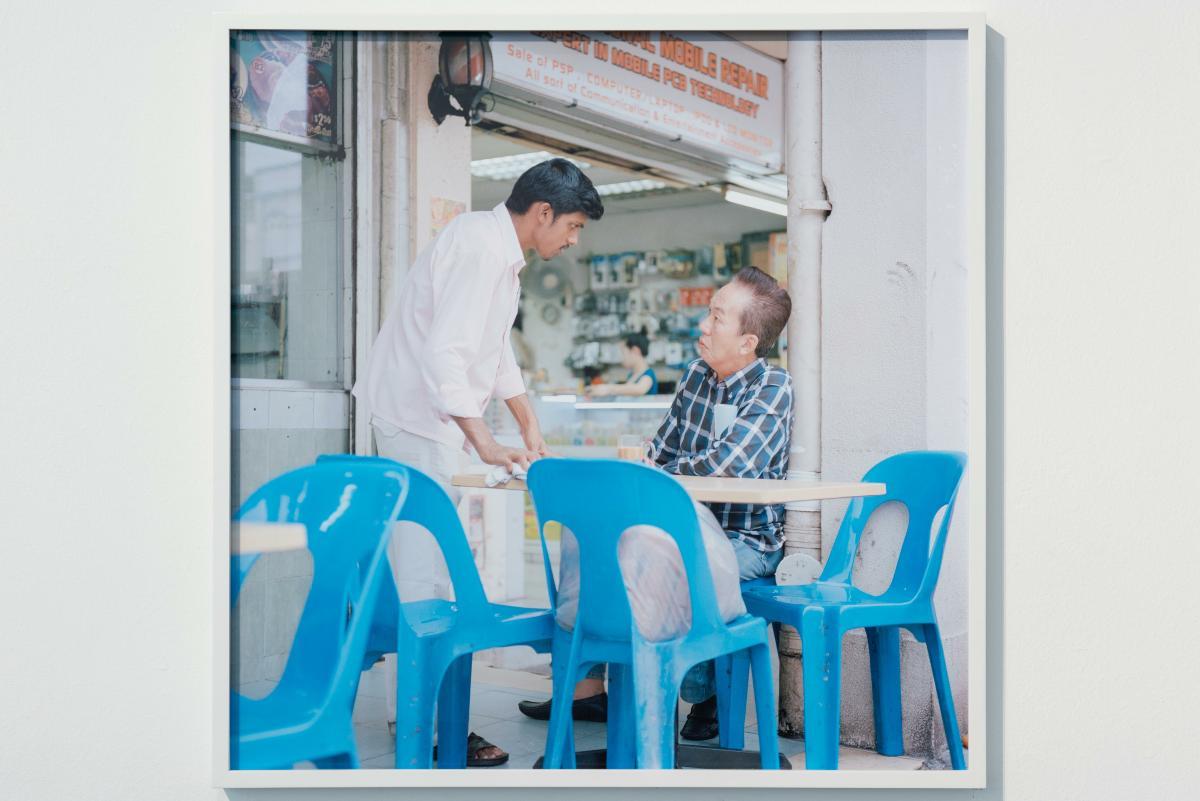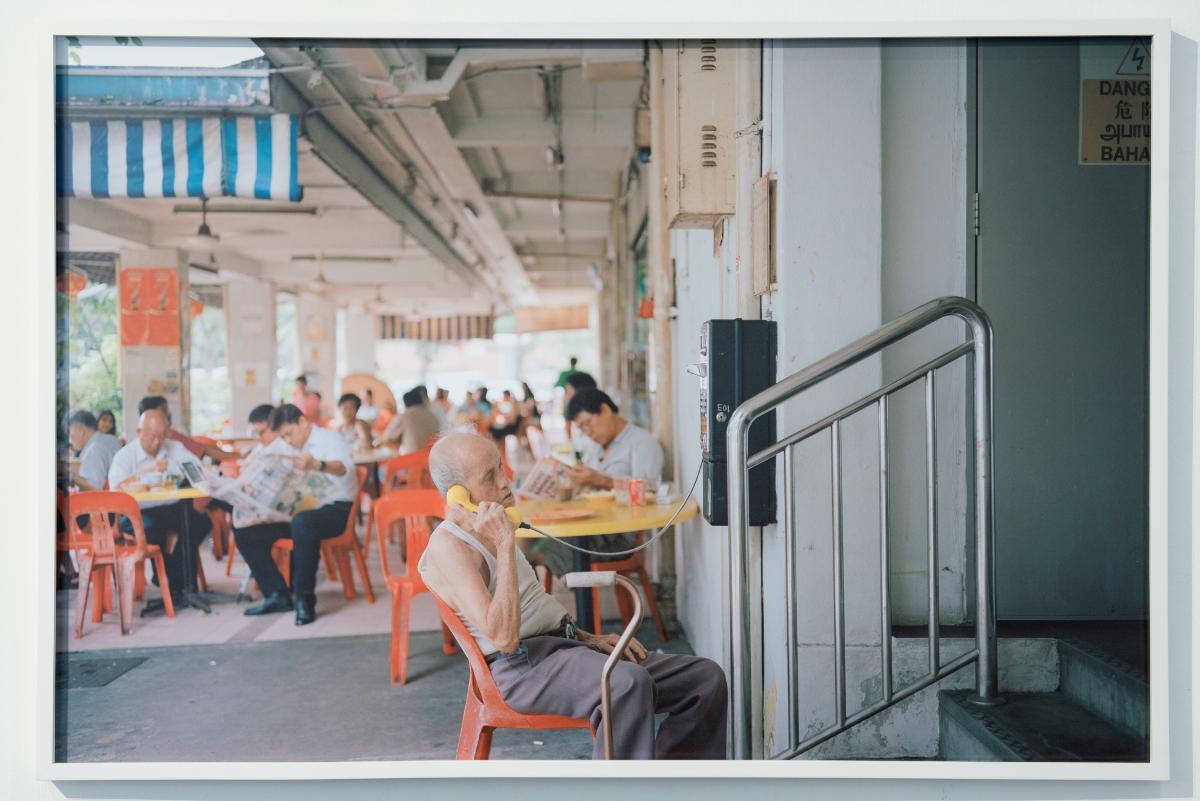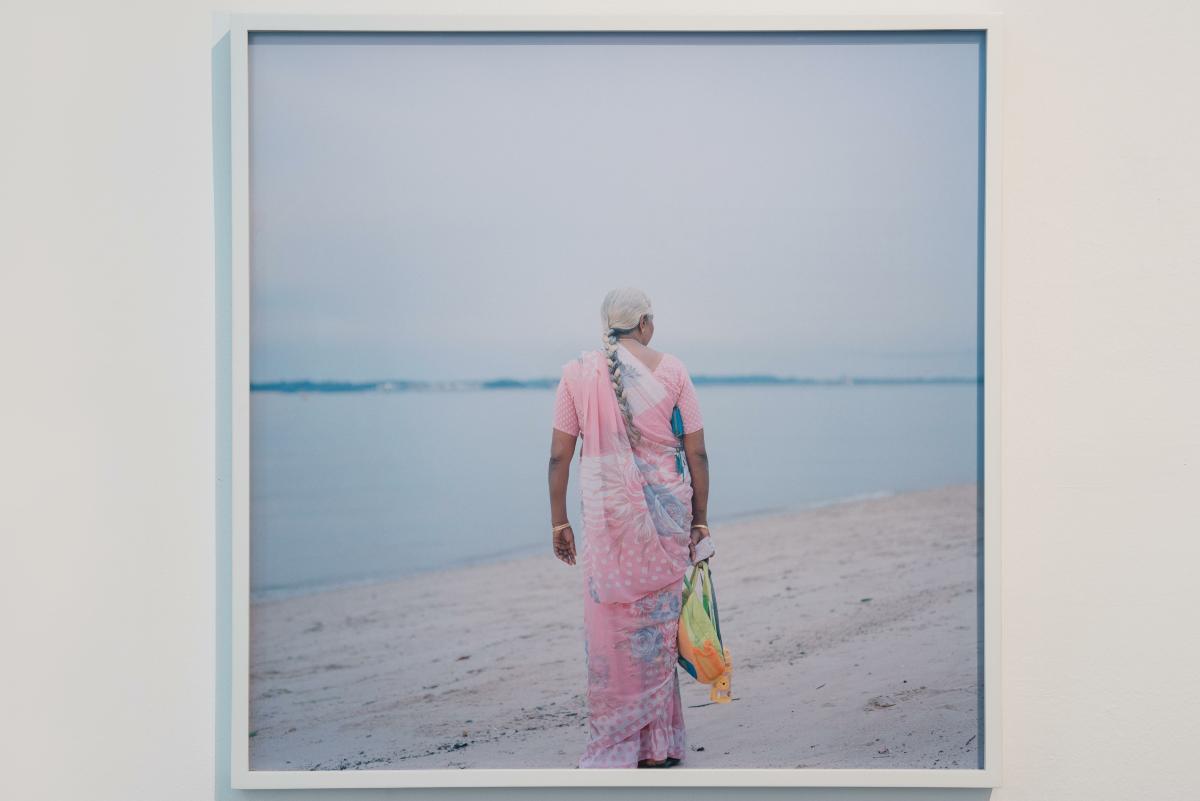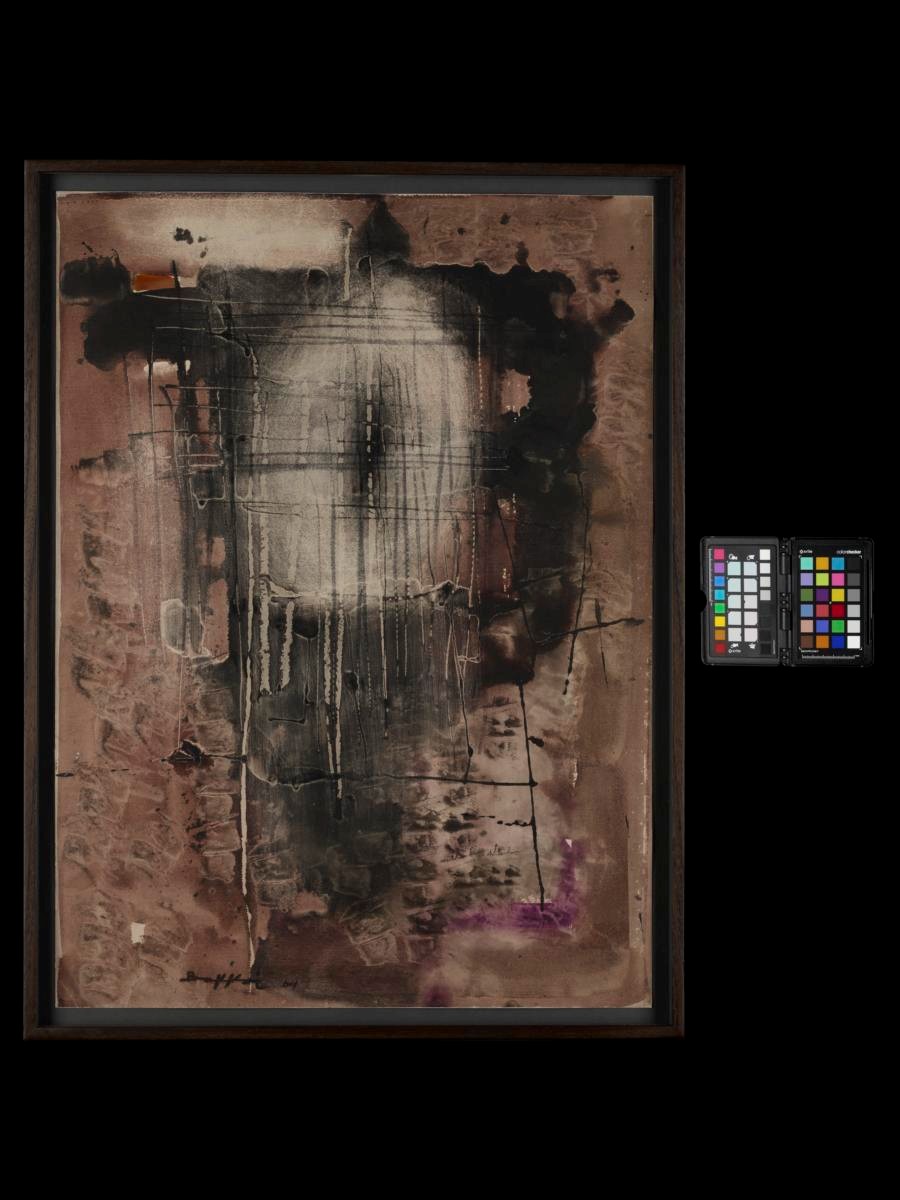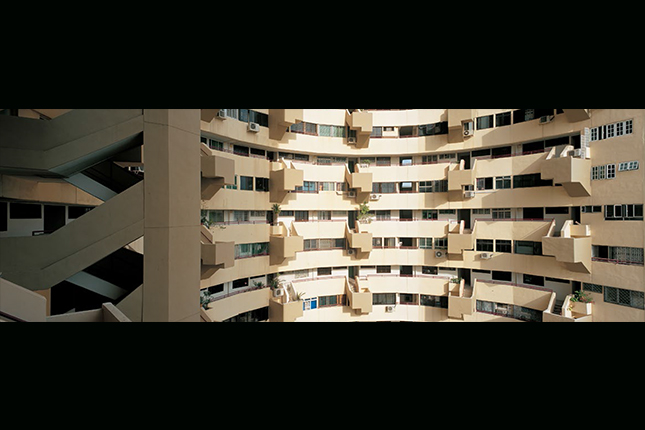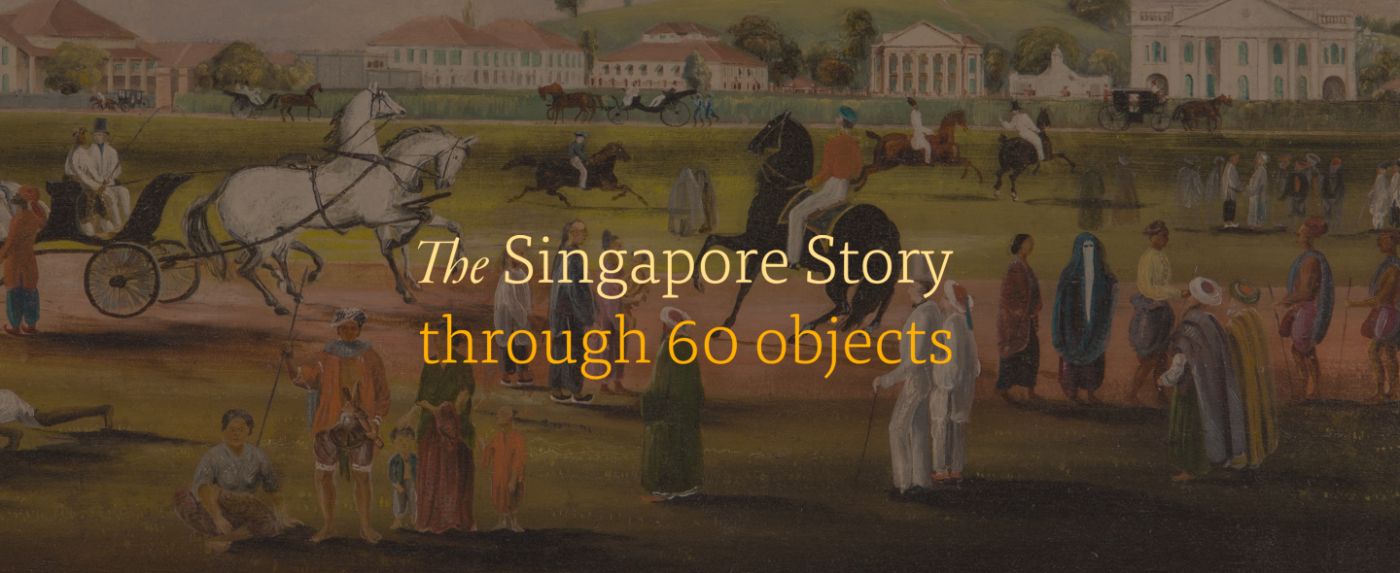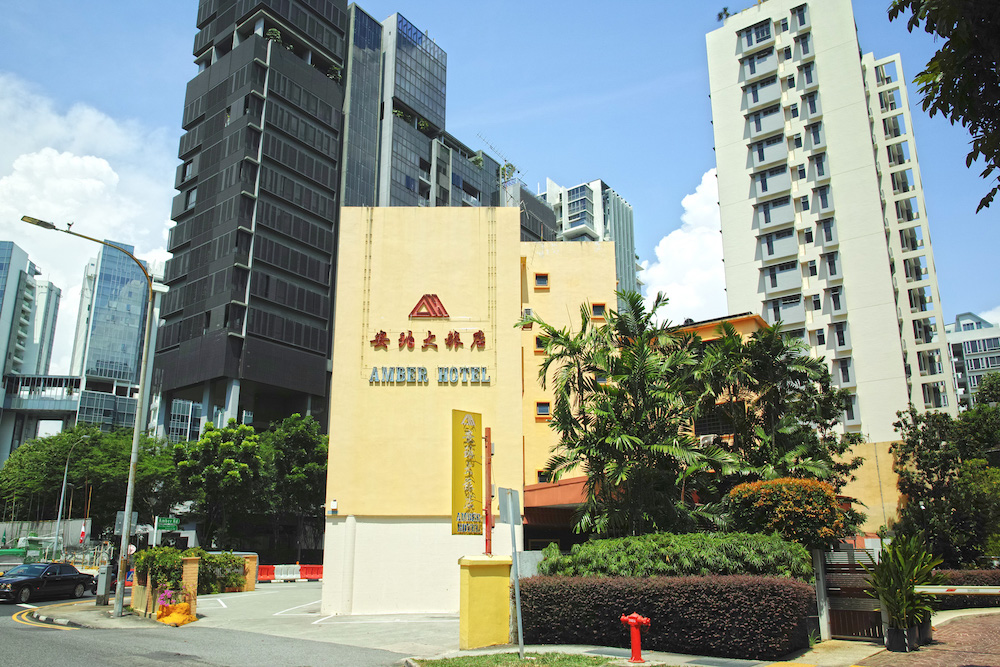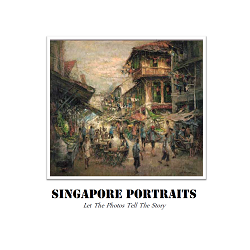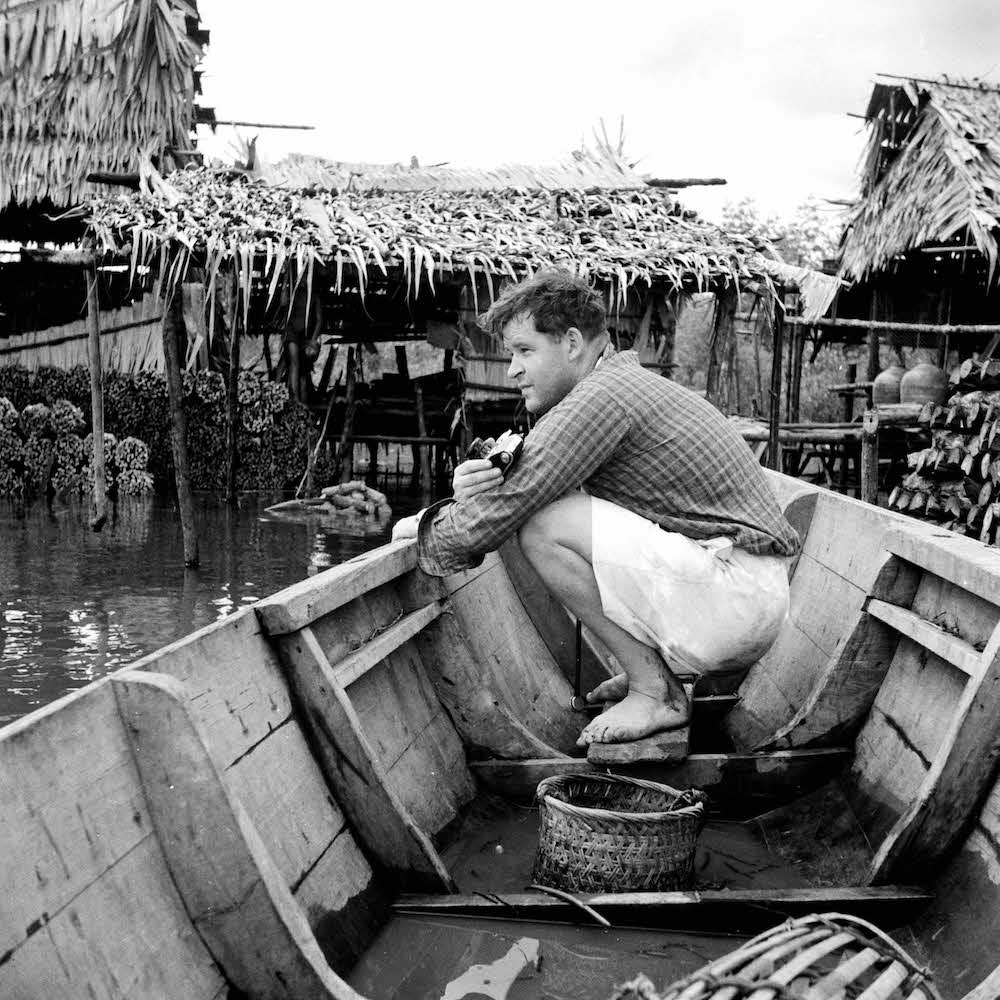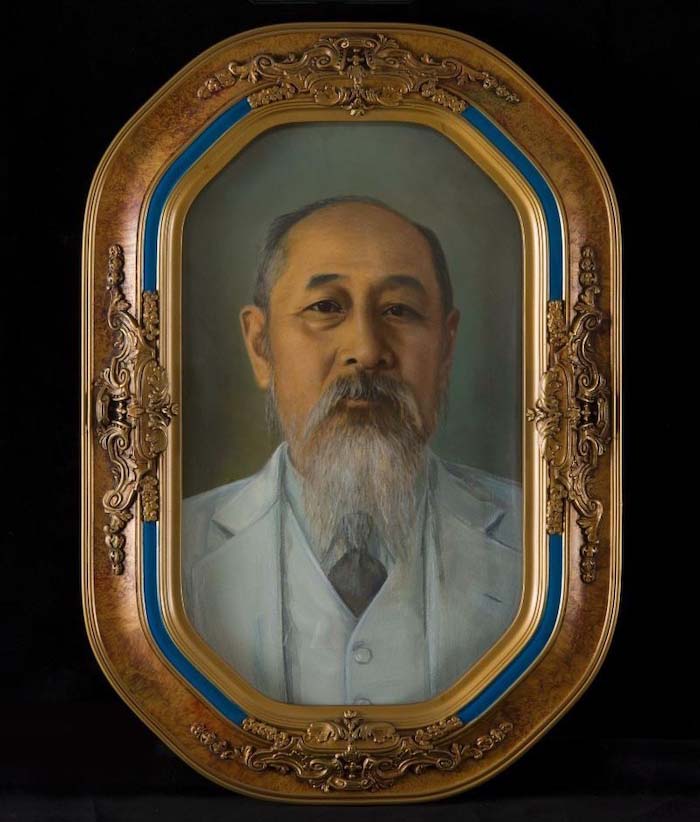Frame size: 103.0 x 103.0 cm
In the series of photographs titled ‘Singapore’, local photographer Nguan has expressively captured the profound sense of alienation that exists in and pervades the city-state (and which is also prevalent in all metropolises) by taking intimate and un-posed portraits of strangers on the streets of Singapore.‘Alienation in all its meanings has been tied to industrialization, ‘mass society’, the ‘decline of community’, all forces seemingly epitomized by the city.’ (Claude S. Fischer)The artist has stated, in relation to the sense of loneliness and isolation permeating his works, that ‘[loneliness is] just a symptom of modern life everywhere – we’re living in closer proximity to each other than ever before but feeling further apart.’ Singapore, with its hectic urban life, constant focus on ‘remaking’ and economic development, as well as the premium on space due to its small land area, may have the perfect storm of elements to engender this sense of isolation. Mark Twain, in writing of New York in the late 19th century, could have been writing of any other busy city, including Singapore: ‘[I]t is a splendid desert – a domed and steepled solitude, where the stranger is lonely in the midst of a million of his race. A man walks his tedious miles through the same interminable street every day, elbowing his way through a buzzing multitude of men, yet never seeing a familiar face, and never seeing a strange one the second time. He visits a friend once – it is a day's journey – and then stays away from that time forward till that friend cools to a mere acquaintance, and finally to a stranger. So there is little sociability, and, consequently, there is little cordiality. Every man seems to feel that he has got the duties of two lifetimes to accomplish in one, and so he rushes, rushes, rushes, and never has time to be companionable – never has any time at his disposal to fool away on matters which do not involve dollars and duty and business.’The images in the ‘Singapore’ series are un-staged street portraits of everyday people – in order to capture these images, the artist goes walking around the streets of Singapore daily, looking for strangers to photograph on a medium format film camera. He terms the crucial moment in which he first makes eye contact with his chosen subject and takes the shot, ‘the decisive glance’, and which cannot be replicated in a posed portrait. Regarding his process and selection of individuals he chooses to photograph, the artist has stated that ‘[i]n general, I look for faces that can bear the weight of the complex dreams and anxieties and narratives that I wish to project onto them.’ The resulting images are haunting, yet emotionally distant; the subjects are captured in the frame but seemingly a million miles away, in the way their gazes seem to elude the viewer. One gets the sense that the artist himself is one of these isolated individuals, a flâneur on the prowl seeking similarly disaffected strangers, catching them unawares, at the moment when they are seemingly at their most vulnerable. Although Nguan is Singaporean and is currently based here, he spent fifteen years overseas and only returned to Singapore in 2010. As such, his photographs carry a hint of the perspective of an outsider or stranger looking in, studying the people dwelling in Singapore under the lens of his camera, surreptitiously capturing stolen moments that others may miss. As the artist states, “[i]t’s possible that it’s been easier for me to develop a more mythic vision of the place as a result of my long absence”. This might perhaps explain the poignant image of the child looking forlornly out of a bus window with the words ‘Kids’ Exams’ emblazoned across the top of the bus – an image that seems to encapsulate the plight of many students in Singapore, with its competitive education system. The second image, a photograph of a lone man lying down on a slide at a public playground also seems to be a portrait that encapsulates the loneliness and isolation that city-dwellers feel, living in a fast-paced society like Singapore. The third image, that of two men of different ethnicities facing one another at a coffeeshop, seemingly lost in communication with each other, also seems to capture and distil the growing tension between citizens and new immigrants in the country. The fourth image of the elderly man using a public payphone at a coffeeshop seems especially poignant, especially when one considers the surrounding men in the background who are seemingly disengaged from one another, engrossed in their own world. Lastly, the portrait of a lone elderly woman in a pink sari, gazing out to sea with her back to the viewer also seems to take on similarly mythic proportions, with the photographer capturing a quiet, lyrical moment. The distinctive muted colour palette in Nguan’s photographs also highlight the subjective, romanticised depiction of his subjects – in this case, Singapore and its dwellers, with scenes of the ordinary and familiar. The artist has said that he wanted to ‘simulate the colour palette of colour pencils’ with his photographs; this ‘naïve and tender tone’ of the photographs is at odds with the grimmer themes explored in them. Alternatively, the softness of the tone also lends a sentimental, nostalgic feel to the scenes and people depicted, reflecting a quiet observation of Singapore in which the Singaporean way of life is documented as it is at this present moment in time, while at the same time, leaving the subject open enough for audiences to reflect and make their own interpretations.




